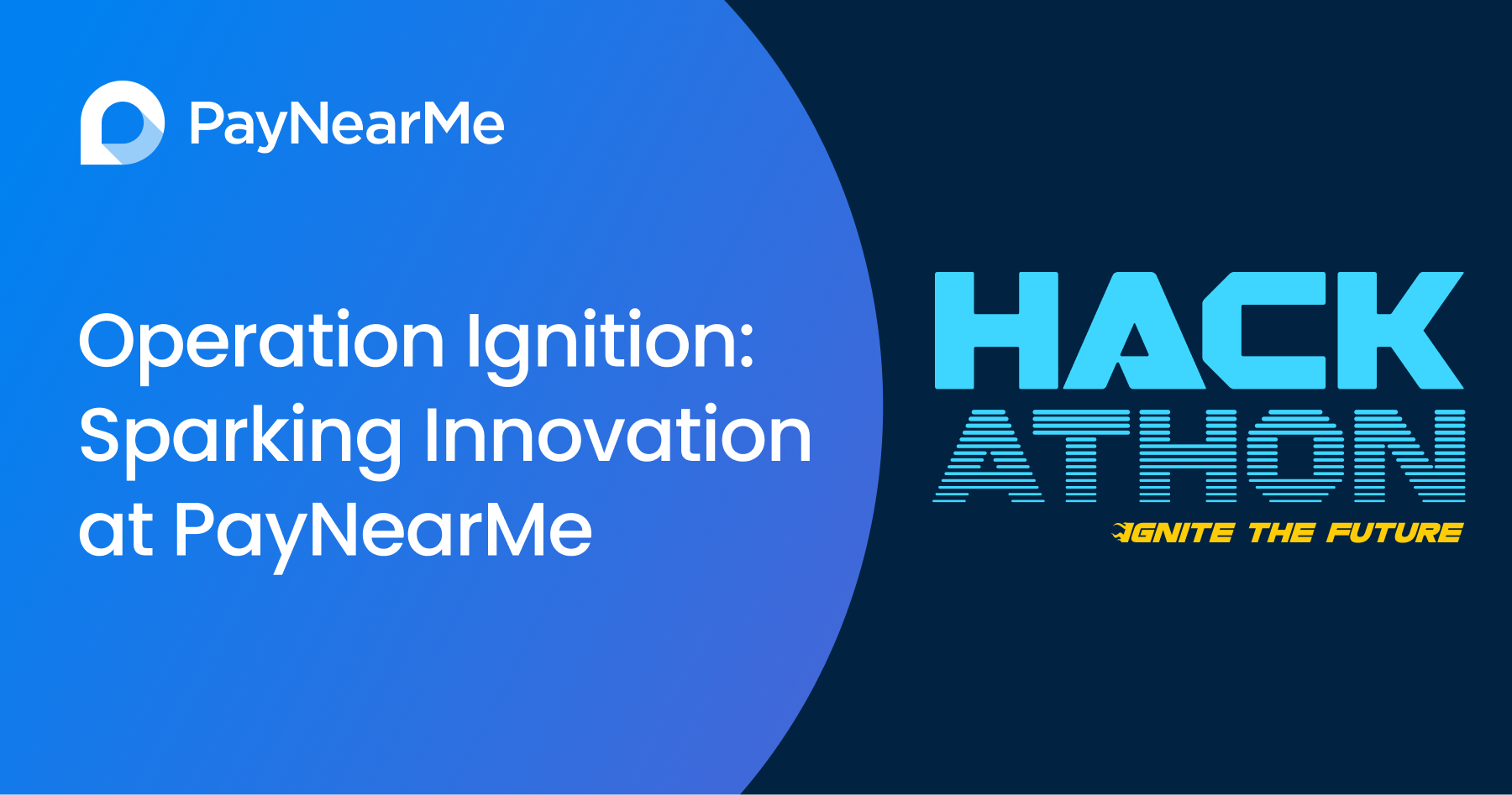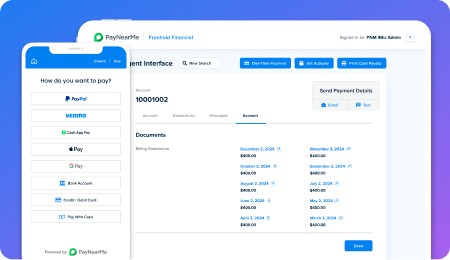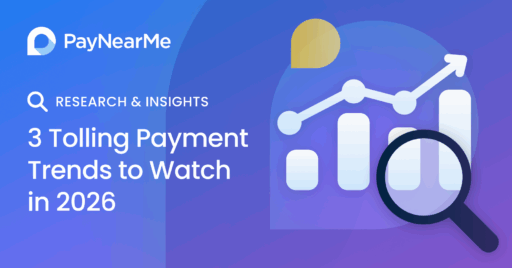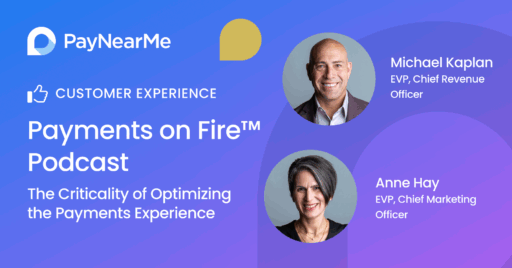Operation Ignition: Sparking Innovation at PayNearMe

When PayNearMe launched its first-ever internal hackathon, the goal wasn’t just to ship prototypes. It was to spark creativity, build connections and strengthen confidence across the company. The result? Nearly 70% of employees jumped in, forming 26 teams and generating a pipeline of bold ideas for the future of payments.We sat down with Fo Neale-May, VP of Product at PayNearMe and one of the leaders behind Operation Ignite, along with several participants, to hear how it all came together.
Setting the stage
“I got involved in leading the hackathon because it ties directly into my mission: making our product and engineering teams more effective, from how we structure ourselves to how we innovate,” said Fo Neale-May, VP of Product at PayNearMe. “This event is about unlocking creativity across the company, giving people space to experiment, and ultimately strengthening how we build together.”
The theme—Operation Ignition—was chosen to capture that sense of energy and acceleration. “We wanted something bold, forward-looking and tied to action,” said Neale-May. “Ignition signals both creativity and momentum.”
For leadership, it wasn’t just about building projects. It was about reinforcing the values that drive PayNearMe’s innovation. They emphasized inclusion, ensuring the event was open to everyone—not just engineers.
“It was an incredible experience to partner with Fo in bringing the hackathon to life,” said Lauren Hasson, Senior Director of Core Apps. “The excitement and teamwork from everyone involved made it truly special.”
That spirit of collaboration and excitement was exactly what leadership hoped to inspire across the company. They wanted to generate energy, creating momentum and excitement that would ripple beyond the event itself. Finally, they saw it as a chance to strengthen skills in AI, giving employees a safe space to experiment and build confidence with technologies that will shape the company’s future.
“I really enjoyed the concept of using AI as an integral requirement of the challenge. Without it, I’m not sure how much we would have been able to get done in that time,” said Ty Williams, Technical Support Analyst.
From ideas to action
“Innovation isn’t just code,” Neale-May emphasized. “Our client experience, operations, finance, sales and other teams often see pain points or opportunities that technical teams might miss. Their voices ensure our innovation is grounded in real problems that we’re trying to solve for our clients.”
To make sure everyone could participate, the organizing team rolled out a structure that made joining easy:
- Team-matching so no one was left out
- Mentorship from leaders and subject matter experts
- Checkpoints and workshops to keep ideas moving
“The goal was to make sure nobody felt left out,” Neale-May said. “Curiosity was enough. You didn’t need to walk in with a fully formed concept or an engineering background.”
That inclusive approach paid off. “One of the most surprising aspects of the hackathon was how everyone from my team was able to contribute in a meaningful way, bringing their unique perspective,” shared Danny Glatstein, Software Engineer.
The fact that all of this happened remotely made it even more impressive. Teams leaned on digital tools—from Zoom brainstorming sessions to Slack idea threads — to collaborate seamlessly. Despite the distance, they built strong connections, proving that innovation isn’t limited by location.
Demo day
When Demo Day arrived, the energy was electric. “Several teams delivered polished prototypes, promotional videos, and more importantly, showed deep customer empathy. Some solved problems we’ve wrestled with for years in new ways,” said Neale-May.
Of the 26 teams that submitted projects, a few common themes emerged: reducing friction in reconciliation, boosting internal efficiency and enhancing client experiences.
PayNearMe’s mission—to make payments easy for everyone—was on full display. As Neale-May noted, “The teams worked outside their usual lanes, tried untested ideas and kept asking, ‘how would this help the client?’”
The quality and creativity of submissions made judging tough. In the end, 10 projects were recognized across categories such as Best Use of AI, Most Engaged Team and Client/Customer Impact.
The Best All Around award went to The Beak Squad, whose project stood out for its creativity, teamwork and potential real-world impact. Judges praised the submission for combining innovation with practicality and for addressing a challenge that resonates deeply with both employees and clients. While details of the project will remain under wraps for now, the team’s work represents exactly the kind of forward-thinking solution Operation Ignition was designed to spark.
Beyond the Hackathon
While the winning project got the spotlight, several ideas will continue to be explored as potential product features or internal process improvements.
This isn’t just for fun—it’s a pipeline for real innovation.
Fo Neale-May
The hackathon also delivered intangible wins:
- Confidence: Non-technical employees tried design tools, while engineers built business cases.
- Collaboration: Teams worked cross-functionally in ways they never had before, building long-lasting relationships and camaraderie.
- Culture: Employees walked away with stronger trust, a sense of empowerment and a clearer belief that innovation is everyone’s job.
“I appreciated the opportunity to step outside my comfort zone and collaborate cross-functionally with team members I don’t normally get the chance to work with,” said Emily DelTufo, Client Marketing Manager.
What’s next
The success of Operation Ignition has set a stage for future hackathons—and raised the bar. “This exceeded our expectations,” Neale-May said. “Next time, we’d love to explore new themes, bring in external partners or even involve clients. Each year, the challenge will grow—and so will the creativity.”
The hackathon proved that when employees come together with curiosity, boldness and collaboration, the results can truly spark innovation. 🔥



